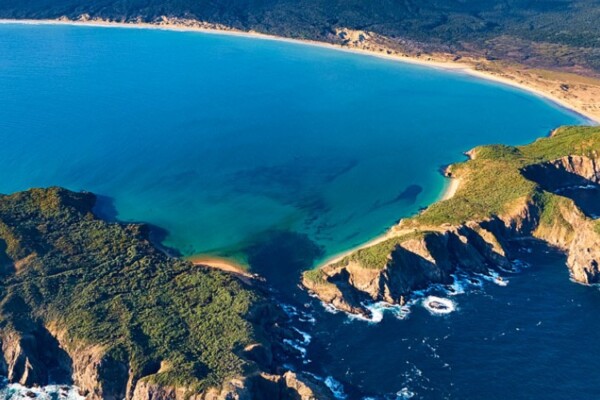
If you wanted to eradicate every last rat in 6,500 hectares of remote Rakiura backcountry, how would you do that? Over the June and July, Zero Invasive Predators (ZIP) delivered Phase 1 of a two-phase eradication trial to answer that question.
Shared with permission from: predatorfreerakiura.org.nz
A problem you must solve first is that rats are notoriously wary of anything new. They won’t just chow down on some strange round object that turned up this morning. That’s why, across a 6,500-hectare eradication trial site in the Rakeahua valley area, ZIP first mounted two aerial operations that delivered no poison at all. The baits were harmless, offered instead to overcome that natural caution that has made rats the most widespread and successful pest on the planet. The third operation, a week or so later, delivered toxic baits; six grams of cereal matrix, the same orange lure used for the non-toxic pre-feed baits, but this time, 0.009 grams of each one was sodium fluoroacetate—1080 poison.
Overcoming that wariness is essential to eradication, but your problems aren’t over: 1080 is a salt. That means it’s highly soluble in water, and that in turn means you need to be sure of at least 48 hours of dry weather. If it rains on your baits before the rats find them, the toxin is quickly washed from the bait and you’ve wasted your time. In winter, on Rakiura, the decision to press ‘go’ on an operation demands top-notch weather forecasting and nerves of steel.
Then, you have to place those baits with such precision that at least one falls in every rat’s home range—25 square metres or even less. To do that, you rely on technology: Tabula is a system that allows pilots to fly a precise grid of perfectly evenly-spaced lines and allows multiple pilots to effectively coordinate to deliver this coverage. A carefully calibrated spinner on the bottom of an underslung bucket does the job of spreading the baits in a known, predictable swath.
Next, when your goal is removal of every last rat, you need to be sure there are no gaps in coverage. For this reason, the 1080 to Zero method applies bait at a rate of half the target density, but sows twice— for Phase 1, this meant applying bait at a rate of 2 kg, twice, to achieve a total application of 4 kg per hectare. Bait is sown in an overlapping pattern across helicopter sowing lines, with up to 50 percent overlap, so that the treatment area receives the target total of bait density with no chance of gaps.
All of these considerations have informed the design of ZIP’s 1080 to Zero eradication approach: two phases of non-toxic pre-feed followed by toxin and coupled with intensive monitoring using trail cameras. For the first phase, toxic bait is applied at a higher target density (4 kg) than a standard predator control operation, because the goal is different: not to knock-down target predator populations, but to completely remove them. For the second phase, which is designed to capture any remaining individuals, the toxin is applied at a lower target density of 2 kg.
Read about how ZIP’s 1080 to Zero approach is used elsewhere
On the mainland, experience has shown ZIP’s 1080 to Zero approach will eradicate ship rats. But Rakiura has two further rat species as well: the bigger Norway rat and the smaller kiore, or Polynesian rat. Both have been eradicated from islands before, but with other toxins. No one’s sure it can be done with 1080, and that’s a major objective of ZIP’s work in the eradication trial site.
As of writing this update, ZIP has delivered Phase 1 of the 1080 to Zero trial. ZIP will deliver Phase 2 alongside DOC’s wider predator control operation to protect pukunui over the next month or so, but exact timing relies on windows of workable weather. Once the operation’s complete, it’s down to grids of remote trail cameras to record the results: by comparing their detections of target predators before the toxin operation, and after it, ZIP will get the data it needs to determine success.
Watch this space…
Read about the operation to protect pukunui

